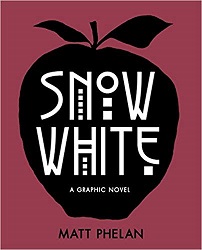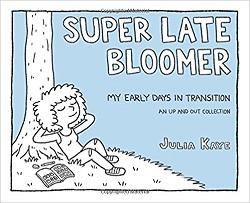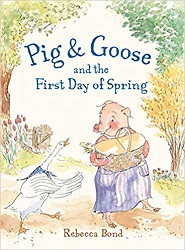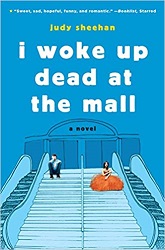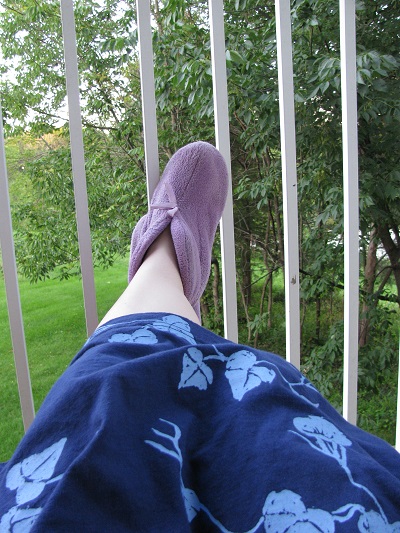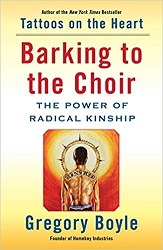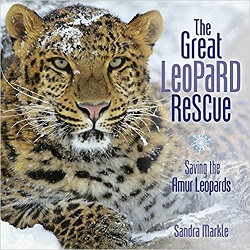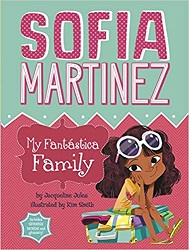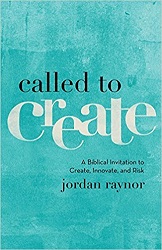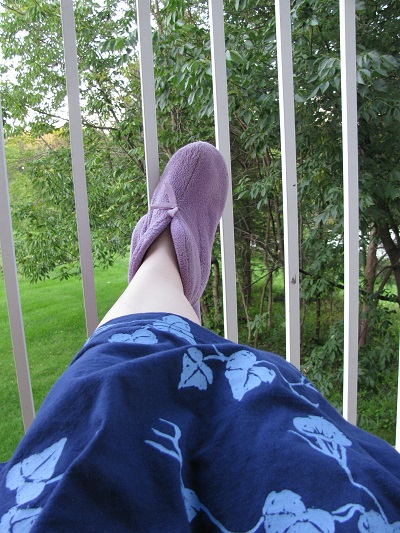
I’m beginning a 24-Hour Book Blitz. My first reading marathon since May.
At the time, I hoped to do a 24-Hour Book Blitz every month, and a 48-Hour Book Challenge every quarter. Well, summer got away from me. Last week, I got my first reading day off since the summer began (too busy with Summer Reading Program!) — and I only got in 4 hours of reading. Yikes!
But Labor Day was coming up! So I spent Saturday cleaning my house — to get rid of distractions. And tonight at 6:50 pm, I began a 24-Hour Book Blitz. The idea is to focus on nothing in that time except reading — and writing reviews.
Okay, but I also have about 30 books received from publishers that I need to enter in my spreadsheet. Before I began reading, I had a stack of 5 books to review — and in those two hours, I was reading short books and need to write more reviews. I didn’t do my daily posting of a review and Sonderquotes yet today, so I’m going to allow that — so we’ll see.
But it’s all good. I will certainly get more reading done than on a normal day off. And, believe me, I need to write those reviews as soon as possible after I finish a book. With all the reading I’m doing, I am *definitely* forgetting what individual books are about.
I had other things to think about in the summer, and now things will begin heating up. The schedule is that the committee is still suggesting books to each other on the 15 of every month. We all read all of those books. So far, 90 books have been suggested. I’ve read all but 3 of those.
But in October, the nominations start! Each committee member nominates 3 books in October, 2 books in November, and 2 in December.
There’s a strategy to nominations. Those are the only books we will consider for the award (except possibly books published in December that someone suggests at the last minute). My plan is pretty simple: I’ll nominate my top three books in October. But in November and December, I will probably not necessarily nominate my next favorites. I will probably choose books that have not already been nominated, to get them on the table. But we’ll see. It’s possible I will read a nominated book for the first time and decide that’s the one I want to win, and want to put my name behind it, too.
At this point, I think I know what my top three (for October) will be. But it’s an interesting place now. Imagine this: You read a book that you wholeheartedly love. Now you have to ask yourself: Why do I love it? Do I love it because it’s a distinguished book? Or just because I have a special connection to it? Or maybe because it’s my favorite genre?
Mind you, if I do have a special connection to it — for example, suppose it’s set in the neighborhood where I grew up (and no eligible book fits that, by the way — but there are other connections) — well, maybe that means I’m better equipped to notice how well the author portrayed that. Or am I just biased?
Again, if it’s a book in my favorite genre, just exactly the sort of story I like best — does that mean I’m better equipped to tell if this particular example is distinguished, or am I just biased?
On top of that, I need to not only determine whether a book is distinguished, but also be prepared to convince 14 other people that it is distinguished. What pages, what chapters, what plot points can I point to in order to show this book is distinguished?
The good part of that is that I’m going to be rereading my favorites many times. The down side of that is that I’m going to be rereading the nominees that are not my favorites many times, too. Though I may notice new riches.
Another thing I’ve noticed is that certain ideas seem to come in waves. I won’t give any examples, because I don’t want people to know what I’m talking about — except that sometimes it’s simply odd when two books have a similar detail. But there are several that have a very similar scenario as the basic idea. I’m afraid that the second or third time I read about a set-up — even if it’s done more skillfully than the previous books — some of the impact is lost. This is a downside of reading every new children’s book you can get your hands on!
However, that’s part of the good part of working with a committee. The process of choosing a Newbery winner — with 15 people you have to convince — actually works well. The cream rises to the top. Already there have been wonderful suggestions. And somebody’s going to notice if the third instance of one particular scenario is the most distinguished one.
I also want to talk about my book reviews. When the Newbery reading year started, I was way, way behind on posting reviews I’d written. Now, I’m not allowed to say one word online about any eligible book. So I was afraid I’d have to give up my website for a year.
But — it turns out that I was so very far behind in posting reviews, pretty much ever since I was on the 2016 Cybils panel for YA Speculative Fiction — that I still have 100 reviews yet to post. I am trying to post an old review every day — and I very much hope I will catch up before the Newbery is announced.
Now, I’m also writing reviews of Newbery-eligible books as I read them — the only way I can possibly remember what I’ve read. I will post my favorites after we make the announcement. After that, I’ll probably keep the reviews in reserve in case I ever don’t have a review ready to go and I want to post. We’ll see.
Anyway, I’ve been rambling on long enough. Let me give my stats before my 24-Hour Book Blitz. Then we’ll see how much they change by tomorrow night. Here are the Newbery-eligible books I’ve read (beginning last October or so):
Middle-Grade Books (Newbery winners usually come from this category, but they don’t have to. Books for ages 0 to 14 are eligible): I’ve read 190 books, 18 of which I did not finish, for a total of 41,230 pages.
Young Adult Books: 49 books, 7 not finished, for a total of 14,165 pages.
Picture Books: 396 books, for a total of 13,607 pages.
The grand total is 610 books finished, at 69,002 pages!
I’ll let you know the new totals after my 24-Hour Book Blitz!
